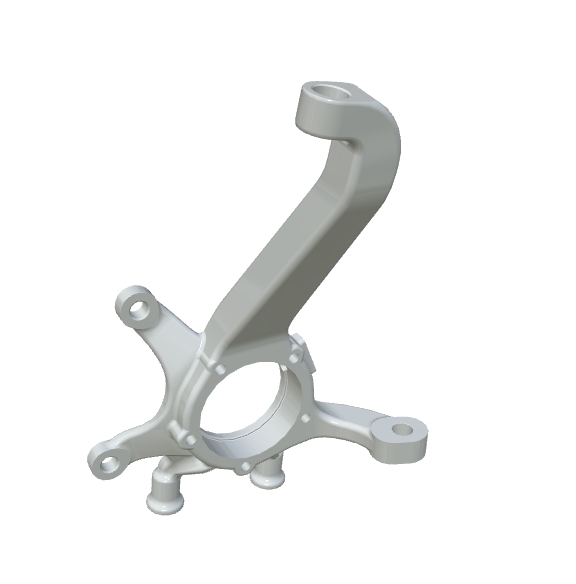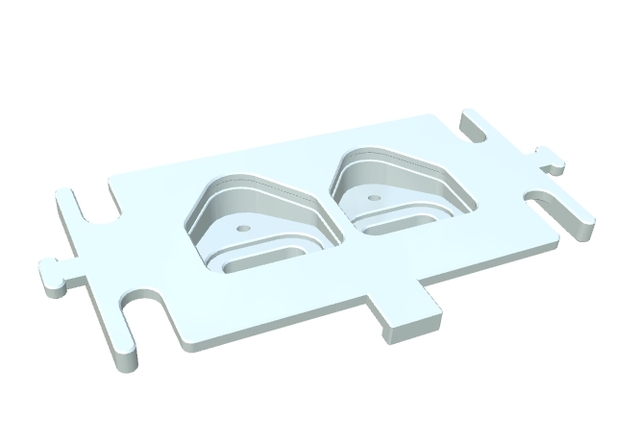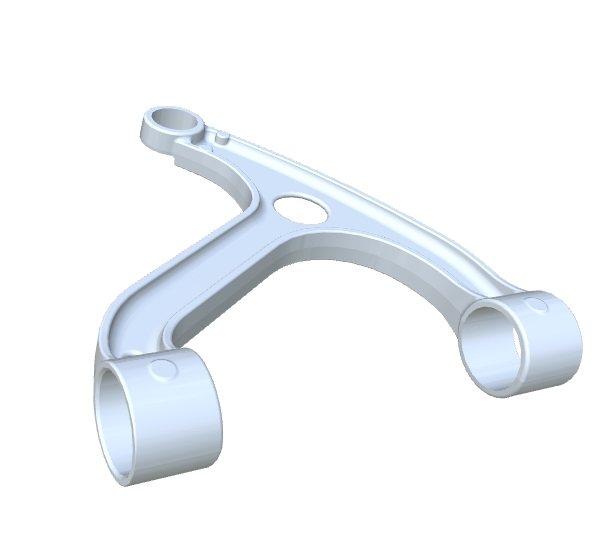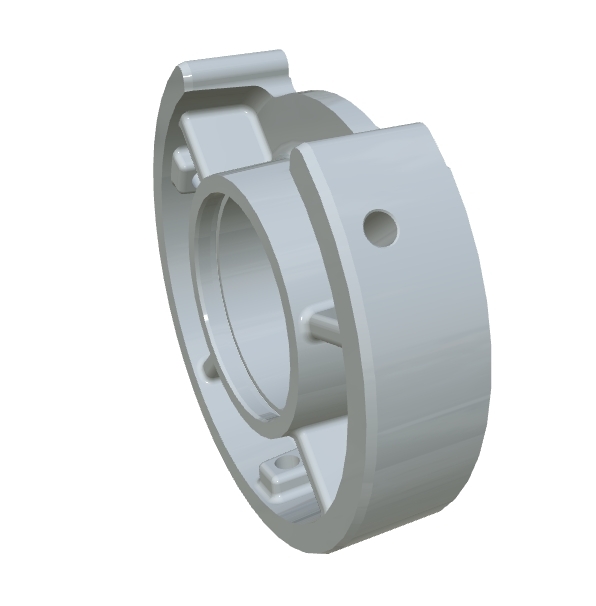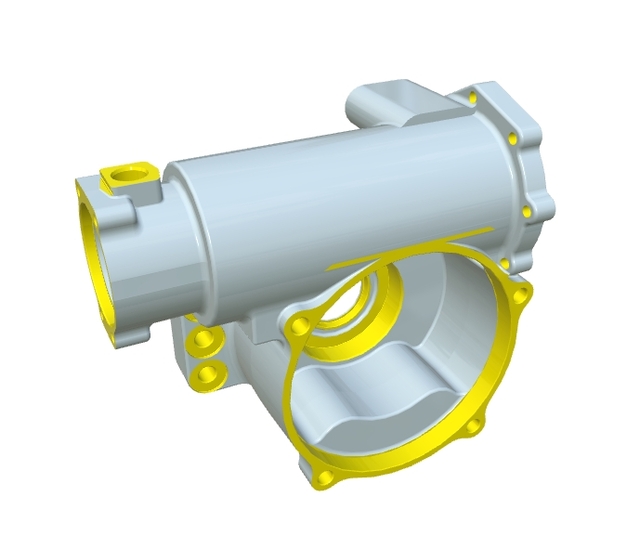Exploring metal casting techniques is essential for understanding the plethora of methods used to shape and mold metals for various applications. Metal casting as a craft has been honed over centuries, and modern practices ensure that products like control arms in automotive engineering are both lightweight and robust.
One of the oldest and most practiced metal casting techniques is **sand casting**. This method uses sand as the primary mold material and is especially beneficial when working with metals like aluminum and brass. Sand casting's versatility makes it ideal for creating complex shapes and large components, while its cost-effectiveness is a boon for high-volume production. This process aligns well with producing items that require a balance between precision and scalability.
In contrast, **investment casting** and **die casting** offer more refined outcomes. Investment casting is a precision-oriented method involving a wax model coated with a refractory material. Once the wax is melted away, a mold is left for casting metals. This technique is valuable in producing components with intricate detail and excellent finish, essential in industries where aesthetics and intricate design matter most. On the other hand, die casting utilizes high-pressure to inject molten metal into steel molds, known as dies. This method ensures a quick production cycle and consistently high-quality output, particularly useful when producing smaller, complex parts like the rounded mounts of a modern control arm.
Understanding the nuances of each metal casting process is crucial for creating durable and performance-centric automotive components. In an era where **aluminum casting** dominates due to its lightweight properties, engineers and designers are tasked with innovating new ways to balance structural integrity with efficiency. The lightweight, streamlined control arm represents such an innovation: its engineered central opening reduces weight without sacrificing strength, while the rounded mounts are designed for seamless suspension integration. These features epitomize advanced metal casting techniques in modern engineering.
Not only does this integration of form and function showcase the skillful application of metals, but it also underscores the material choice impacted by different casting methods. Each casting mold and technique provides specific qualities to the final product, dictating both its physical and performance characteristics. Therefore, an understanding and strategic application of metal casting techniques serve as the backbone for innovation in fields like the automotive industry, where precision, weight considerations, and durability are paramount.
Whether focusing on the strength of brass casting for heavy-duty applications or the aerodynamics offered by well-crafted aluminum components, the marriage of traditional and contemporary casting methods continues to revolutionize product design and performance. This convergence not only meets the demands of modern engineering but also sets the stage for future advancements in metal craftsmanship.
Exploring Modern Metal Casting Techniques for Automotive Engineering
Get Latest Price >
| Label | Value |
|---|---|
| Brand | LS Custom Parts Manufacturers |
| Customization Service | Metal Casting, Sand Casting, Low Pressure Casting, High Pressure Casting, Investment Casting |
| Drawing format | 2D/(PDF/CAD)、3D(IGES/STEP/GLB) |
| Material Capabilities | Aluminum、Brass、Bronze、Copper、Hardened Metals、Precious Metals、Stainless Steel、Alloys、TPR |
| Sample | Free |
| Supply Ability | 100000 Pieces Per Day |
| Surface Finish | Customized Finishing |
| Thickness | Customized Thickness |
| Type | Broaching/Drilling/Etching / Chemical Machining/Laser Machining/Milling/Turning/Wire EDM/Rapid Prototyping/Other Machining Services |
| Services | CNC Machining,Metal Casting,Injection Molding,Sheet Metal Fabrication,Rapid Prototyping,3D Printing |
Find Similar Products
Contact
Ready to start your next project with LS Manufacturing?
Contact us today to learn more about our services and how we can help you achieve your goals.
 LS Hardware Tech Co., Ltd
LS Hardware Tech Co., LtdRapid lead times starting from just 1 business day.
ISO 9001,ISO 14001,IATF 16949 and AS9100D Certification.
Over 100 materials available, with 50+ surface finish options.
Cost-effective mass production.
Order as low as 1 piece.
People who viewed this also viewed
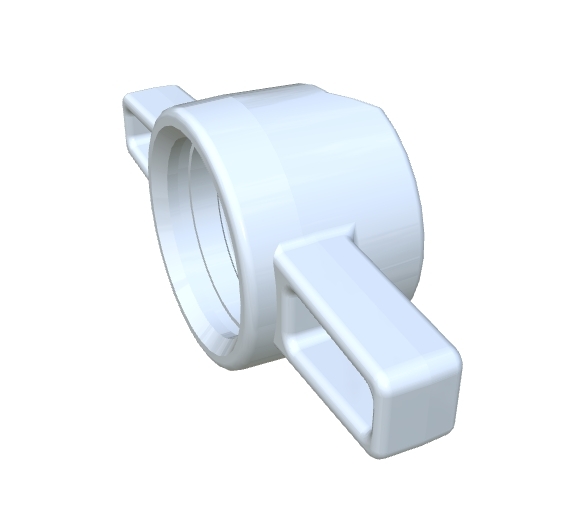
Exploring Metal Casting Techniques for CNC Precision
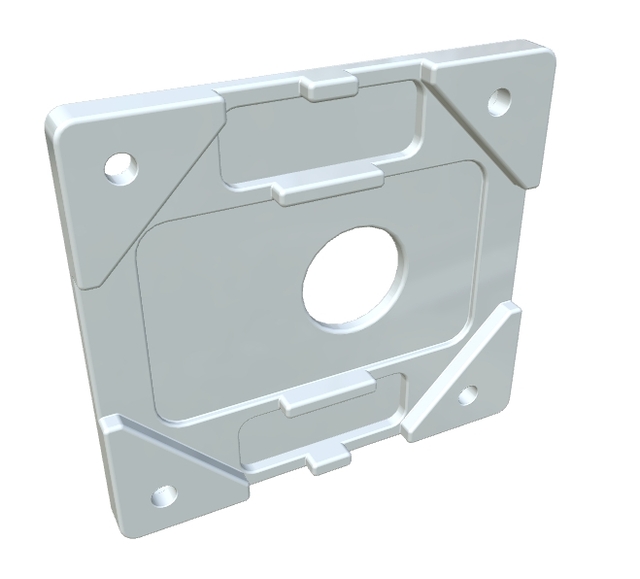
Investment Casting Benefits: Unlocking Precision & Durability
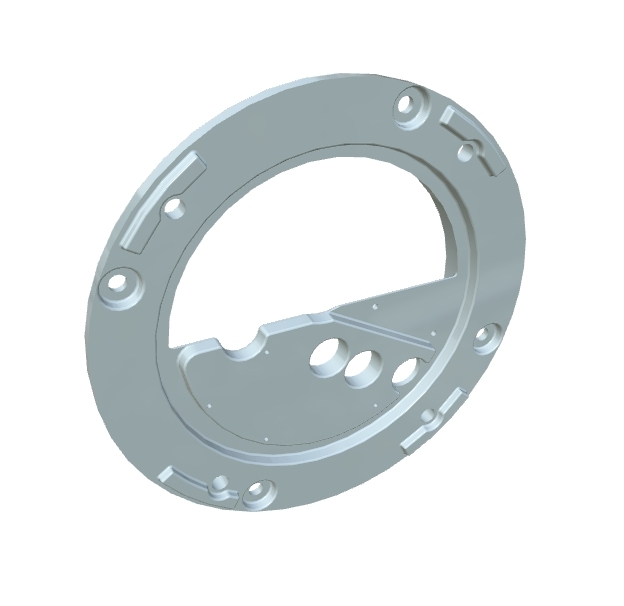
Investment Casting Process for Precision Engineering

Understanding the Investment Casting Process: Techniques and Benefits
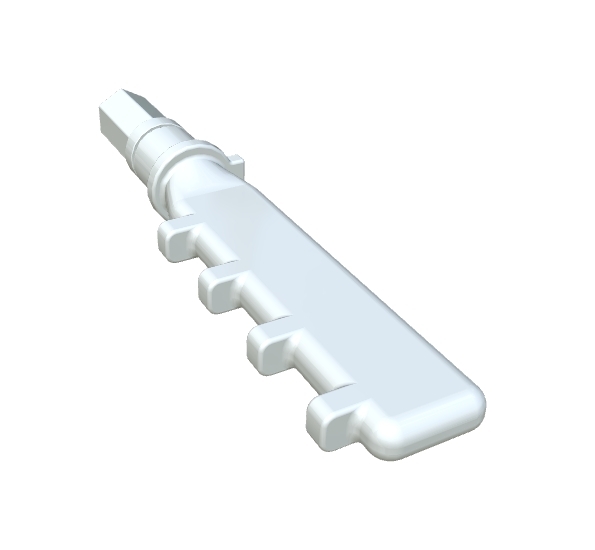
Investment Casting: Techniques and Modern Applications
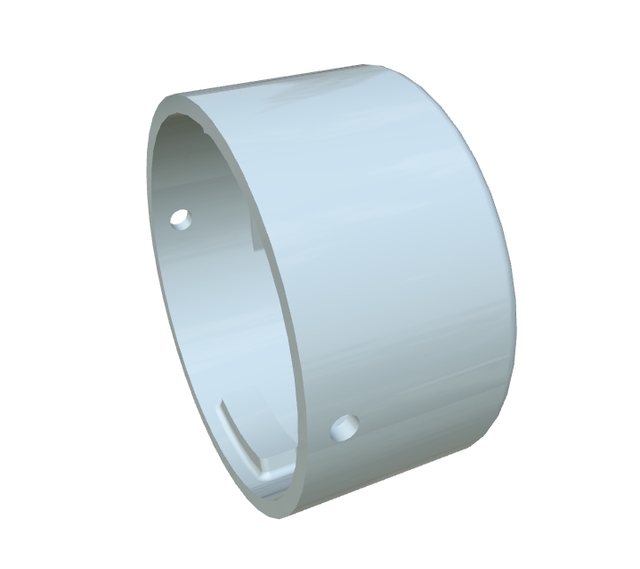
The Investment Casting Process: Precision & Advantage
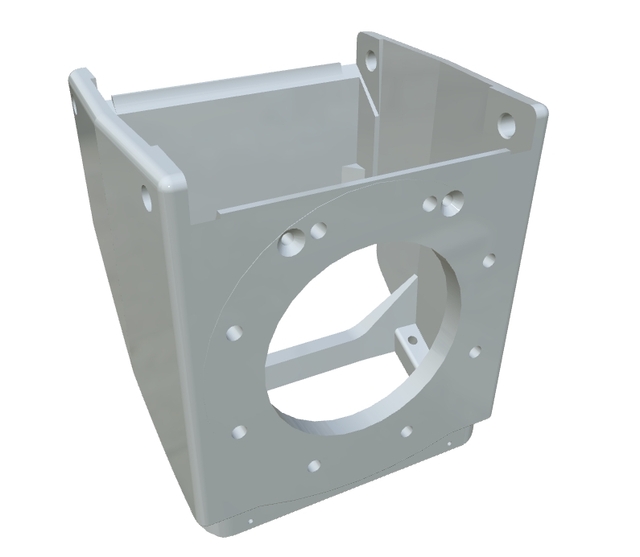
Investment Casting Process: Precision & Advantages

Understanding the Investment Casting Process and Its Advantages
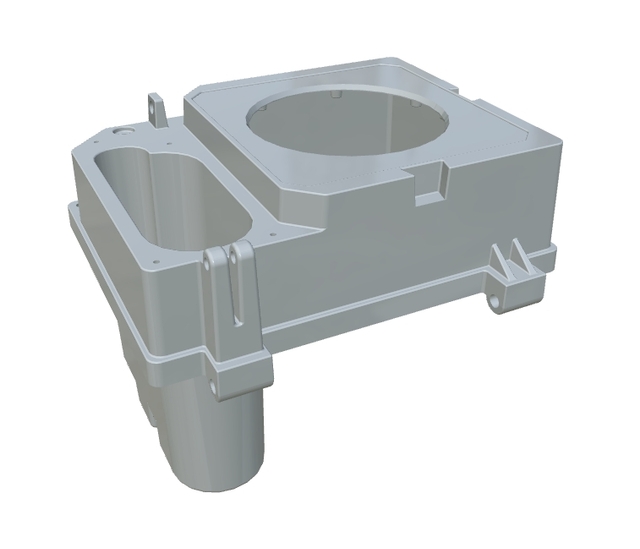
Investment Casting Manufacturers: Precision & Innovation
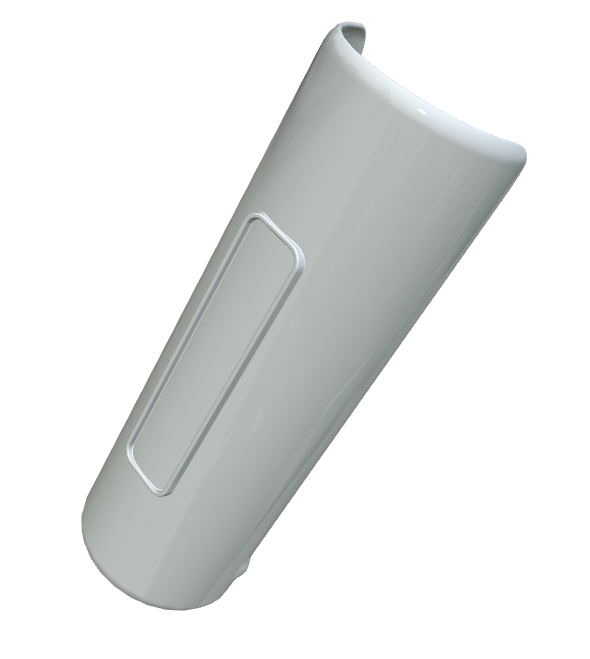
Sand Casting Process: Benefits and Techniques

